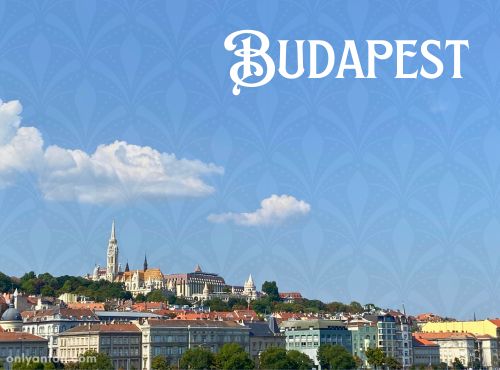
Introduction
Budapest, Hungary’s historic capital, is a city of timeless beauty, rich culture, and unforgettable experiences. Known for its grand architecture, storied past, and vibrant culinary scene, Budapest enchants travellers with its blend of old-world charm and modern energy. From its majestic castles and thermal baths to its bustling markets and eclectic ruin bars, this city offers something for every kind of explorer.
Personal Significance
Visiting Budapest was part of a personal quest: to explore 70 countries before I turn 70. In the summer of 2024, I embarked on a three-country tour through Vienna, Bratislava, and Budapest. Each destination has deepened my love of history, art, and culture. Stepping into Budapest felt like entering a living museum, where every street corner held a story waiting to be discovered. Though the summer heat was intense, the city’s beauty and energy more than made up for it.
In this guide, I’ll take you through the best of Budapest, from its iconic landmarks like Buda Castle and the Hungarian Parliament Building to cultural experiences such as exploring local markets and sampling Hungarian cuisine. We’ll walk along the Danube, admire historic churches, and dive into the city’s unique nightlife. Plan your first trip or rediscover this enchanting destination as I guide you through the highlights of Budapest.
Section I: Budapest’s Location and Geography
Hungary is situated in the heart of Central Europe. It is a landlocked country bordered by Austria, Slovakia, Ukraine, Romania, Serbia, Croatia, and Slovenia. Its central location has made it a crossroads of cultures throughout history, blending Western and Eastern European influences. Known for its rich traditions, vibrant folk heritage, and world-class cuisine, Hungary offers a blend of cultural experiences that its storied past and diverse landscape have shaped.
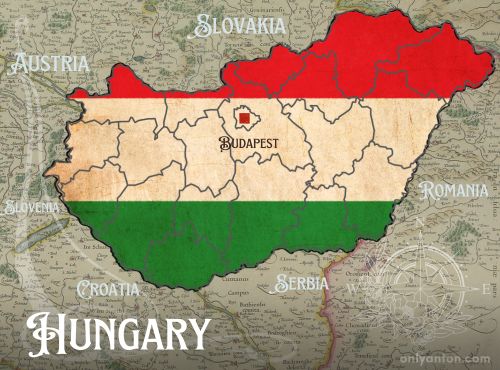
Capital City
At the very center of Hungary lies Budapest, the nation’s capital and largest city. Budapest has been pivotal throughout Hungary’s history as the country’s political, cultural, and economic heart. Once three separate cities—Buda, Pest, and Óbuda—it was unified in 1873 into the modern metropolis we know today. This fusion created a dynamic urban landscape with Buda’s historic grandeur on the west bank of the Danube River and Pest’s energetic commercial hub on the east. Together, they form a city that seamlessly blends history with modern life.
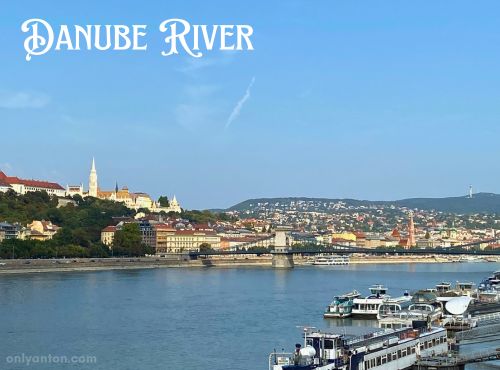
Geography
The city’s defining feature is the majestic Danube River, Europe’s second-longest river, which gracefully cuts through Budapest and offers breathtaking views from both banks. Rolling hills and mountains characterize the Buda side, home to iconic landmarks such as Buda Castle and Gellért Hill. In contrast, Pest sprawls across a flat, fertile basin, where visitors can find markets and architectural marvels like the Hungarian Parliament Building. This fertile land has supported Hungary’s thriving agricultural sector, particularly its renowned wine regions, including the Tokaj and Villány areas.
Budapest’s unique geography enhances its natural beauty but has also shaped its cultural identity, making it one of Europe’s most fascinating and picturesque capitals. Whether admiring the city’s skyline from a bridge spanning the Danube or exploring its historic streets, visitors are constantly reminded of Budapest’s deep connection to its land and history.
Section II: Budapest Through Time—A Historical Overview
Budapest’s long and complex history stretches back over two millennia, shaping it into the cultural and architectural marvel it is today. From its ancient Roman roots to its emergence as a European cultural capital, Budapest has endured conquest, conflict, and transformation. Each era has left a unique imprint on the city.
Early Beginnings
The origins of Budapest trace back to the Roman settlement of Aquincum, established around 89 AD as a military and administrative center. Located in what is now Óbuda, Aquincum grew into a thriving town with baths, temples, and an amphitheatre. Its well-preserved ruins remain one of Budapest’s most important archaeological sites and a testament to its ancient past.
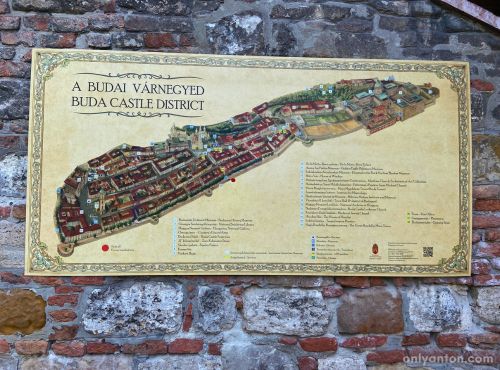
Medieval and Ottoman Eras
By the 9th century, Hungarian tribes settled in the Carpathian Basin, eventually forming the Kingdom of Hungary. Buda Castle emerged in the 13th century as a fortified stronghold atop Castle Hill, offering protection from invading forces. During the 16th century, the Ottoman Empire occupied much of Hungary, including Buda. This era introduced Turkish cultural elements, including thermal baths, which are still in use today. This period also contributed to Budapest’s diverse cultural heritage despite the destruction of wars.
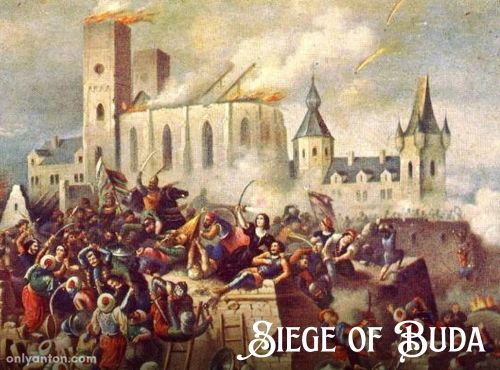
The Austro-Hungarian Empire
The 19th century marked Budapest’s golden age under the Austro-Hungarian Empire. Following the 1867 Compromise with Austria, the city flourished alongside Vienna as a co-capital of the empire. The construction of grand boulevards, opulent public buildings, and monumental landmarks like the Hungarian Parliament Building and Andrássy Avenue reflected the city’s growing prominence. Budapest became a cosmopolitan hub of politics, arts, and commerce, earning its nickname “The Paris of the East.”
The Modern Era
The 20th century brought significant challenges, including devastation from both World Wars and a harsh post-war Communist regime. Much of the city suffered extensive damage during World War II, including its historic bridges and Buda Castle. The 1956 Hungarian Uprising against Soviet control remains a defining chapter in the nation’s fight for freedom. Since the fall of Communism in 1989, Budapest has experienced a cultural and architectural revival. Restored landmarks, thriving markets, and a lively arts scene now symbolize the city’s resilience and enduring spirit.
Budapest’s journey through time reveals a city constantly evolving while preserving a historical legacy where past and present coexist in remarkable harmony.
Section III: Iconic Sights and Landmarks
Budapest is a city where history and beauty converge at every corner. Architectural marvels tell stories of empires, wars, and cultural triumphs. Its landmarks are as breathtaking as they are historically significant, offering visitors a window into the city’s vibrant past and dynamic present.
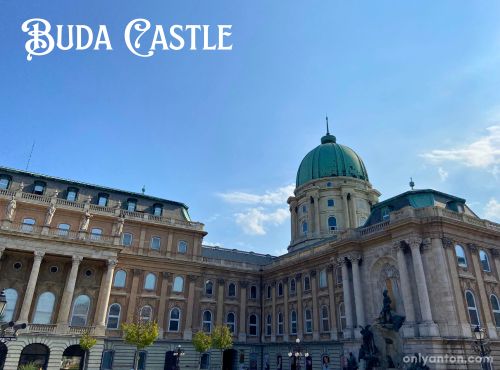
Buda Castle (Budai Várnegyed)
Perched atop Castle Hill, Buda Castle stands as the historic centre of Budapest and a symbol of Hungarian heritage. Originally built in the 13th century, it has undergone multiple reconstructions due to wars and invasions. Today, the castle complex houses the Hungarian National Gallery and the Budapest History Museum. Strolling along its cobbled streets offers stunning panoramic views of the Danube River. It is a must-visit for history buffs and photographers alike.
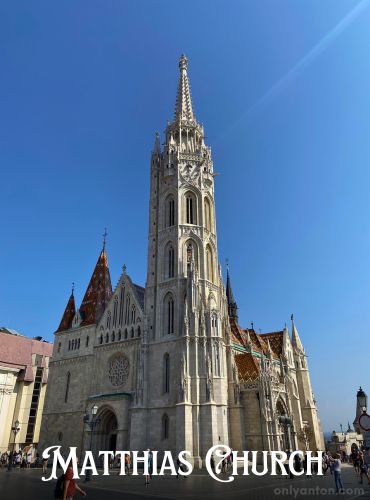
The Church of Our Lady of Buda Castle & Matthias Church
The breathtaking Matthias Church, formally known as the Church of Our Lady, lies in the middle of the Castle District. This Gothic masterpiece has witnessed coronations, battles, and reconstructions since its founding in the 13th century. Its distinctive tiled roof, featuring colourful Zsolnay ceramic tiles, gleams under the sun, adding an iconic touch to Budapest’s skyline. Inside, soaring arches, intricate stained glass, and richly decorated altars create a sense of awe.
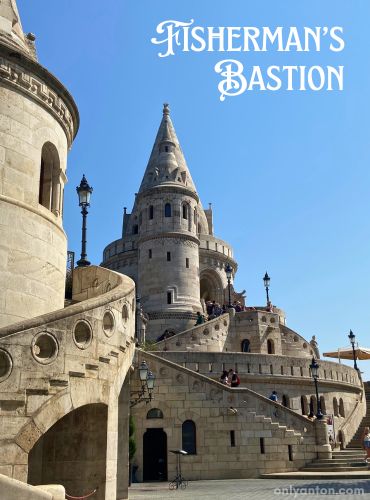
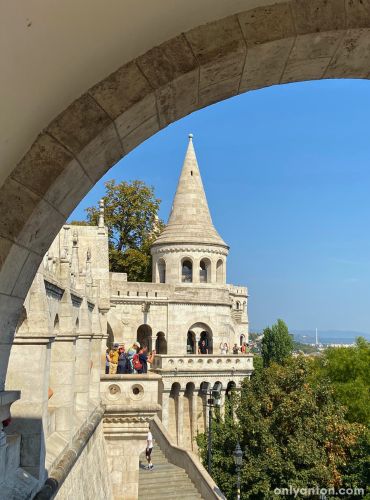
Fisherman’s Bastion
Just steps from Matthias Church is the enchanting Fisherman’s Bastion. It is one of Budapest’s most photographed landmarks. Its whimsical towers, white stone arches, and fairy-tale-like design appear plucked from a storybook. The bastion was built in the late 19th century and honours the fishermen who once defended this section of the city walls. Visitors can enjoy some of the most spectacular views of the Hungarian Parliament Building and the Danube from its terraces.
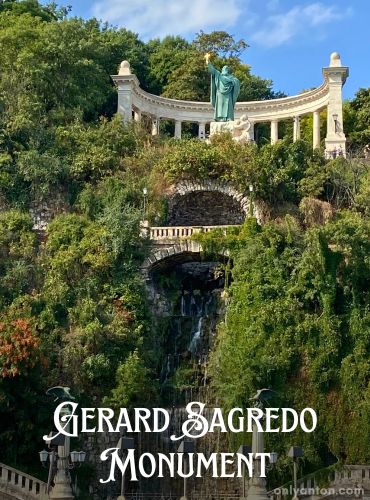
Gerard Sagredo Monument
Overlooking the city from Gellért Hill stands the Gerard Sagredo Monument, dedicated to the 11th-century Venetian bishop martyred while spreading Christianity in Hungary. The statue depicts Saint Gerard holding a cross, facing the city he sought to transform. The monument’s elevated position provides a stunning vista of the Danube and Pest below, making the steep climb well worth the effort.
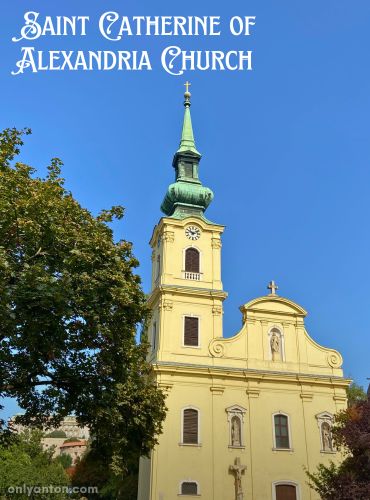
Saint Catherine of Alexandria Church in Tában
Tucked away near Gellért Hill, the Saint Catherine of Alexandria Church in Tában exudes quiet charm and historical significance. Its serene Baroque façade, completed in the 18th century, belies its tumultuous past, having survived wars and fires. It’s a peaceful retreat from the city’s more popular sites that offers a glimpse into Budapest’s religious and architectural heritage.
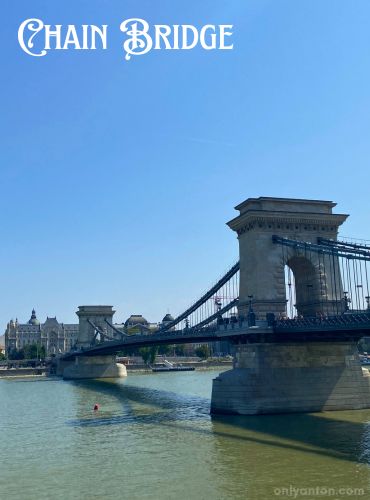
The Danube River, the Chain Bridge, and Elisabeth Bridge
The lifeblood of Budapest, the Danube River, winds gracefully through the city, dividing it into Buda and Pest. Spanning its waters are some of Europe’s most iconic bridges. The Chain Bridge (Széchenyi Lánchíd), completed in 1849, was the first permanent bridge connecting the two sides and remains a beloved symbol of the city. Its stone lion statues and suspension design add to its grandeur. Nearby, the sleek, white Elisabeth Bridge contrasts with the older architecture, highlighting the city’s evolving identity.

Hungarian Parliament Building
No visit to Budapest would be complete without marvelling at the Hungarian Parliament Building. The architectural masterpiece stands proudly on the banks of the Danube. This Neo-Gothic wonder, completed in 1904, features intricate spires, a vast dome, and an ornately decorated interior with stained glass and grand staircases. This home to Hungary’s National Assembly is also where the Holy Crown of Hungary is displayed. The Parliament Building, viewed from the riverbanks by day or illuminated at night, is a breathtaking testament to Budapest’s storied past and artistic vision.
From historic castles and sacred churches to iconic bridges and grand government buildings, Budapest’s landmarks offer a mesmerizing journey through the ages. Each site reveals a unique piece of the city’s captivating story, making Budapest an architectural and cultural treasure in the heart of Europe.
Section III: Markets, Cuisine, and Culinary Experiences
Hungarian cuisine is a feast for the senses, defined by bold flavours, hearty ingredients, and a deep-rooted culinary tradition. With influences from Central Europe, the Balkans, and even Ottoman-era spices, Hungarian dishes are rich, satisfying, and unmistakably unique. In Budapest, food is more than sustenance. It’s a cultural experience that tells the story of the country’s history and people.
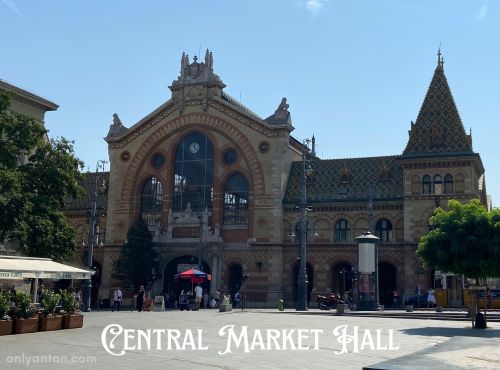
Central Market Hall
One of the best places to experience the brilliance of Hungarian cuisine is Budapest’s Central Market Hall (Nagyvásárcsarnok), a busy, multi-level marketplace near the Danube River. The market hall, opened in 1897, is a marvel of steel-and-brick architecture with towering ceilings and rows of colourful stalls. Vendors sell everything from fresh produce, meats, and cheeses to paprika spices, handmade crafts, and traditional souvenirs. The aroma of freshly cooked lángos and sizzling sausages fills the air. It is nigh impossible to resist sampling something on the spot. The Market Hall is the perfect place to immerse yourself in local culture while indulging in authentic Hungarian treats.
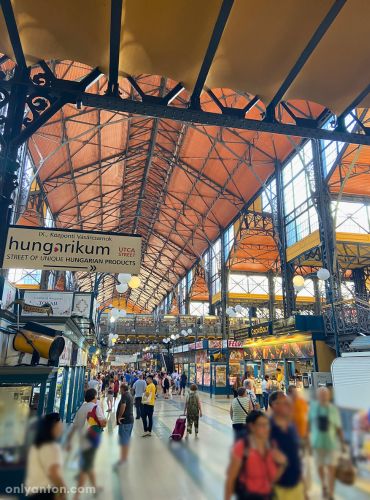
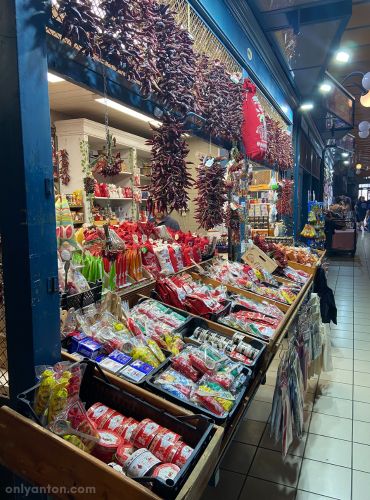
Market Tour & Cooking Class Experience
One of the highlights of my time in Budapest was joining a market tour and a Hungarian cooking class with Foodapest. After touring the Central Market Hall and gathering ingredients, our group headed to a nearby apartment to prepare a traditional Hungarian meal. Under expert guidance, we made Hungarian goulash with dumplings (spätzle). This warm, hearty stew features paprika, tender beef, and vegetables. We also sampled locally made sausages, cheeses, and some excellent Hungarian wines, including a crisp white from the famous Tokaj region. Sharing this meal with fellow travellers was as rewarding as cooking it—a true taste of Hungarian hospitality and culinary artistry.

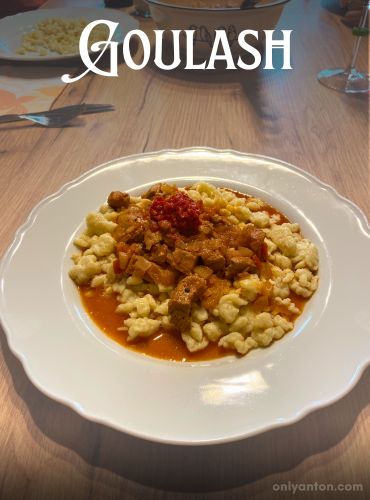
Must-Try Hungarian Dishes

Lángos
This irresistible street food is Hungary’s answer to comfort food. The deep-fried disc of dough is served piping hot. It reminded me of the “Beaver Tails” or “Elephant Ears” that can be found in Canada. Lángos is traditionally topped with sour cream, shredded cheese, and often a sprinkle of garlic. Crispy on the outside and soft on the inside, lángos is the perfect snack after exploring the city or while strolling through the Central Market Hall.

Chicken Paprikash (Paprikás Csirke)
A quintessential Hungarian dish, chicken paprikash is a creamy, paprika-infused stew simmered with tender chicken, onions, and sour cream. Spätzle-like dumplings known as nokedli usually accompany the dish. It’s the ultimate comfort food and a must-try for any visitor wanting a taste of Hungary’s culinary soul.
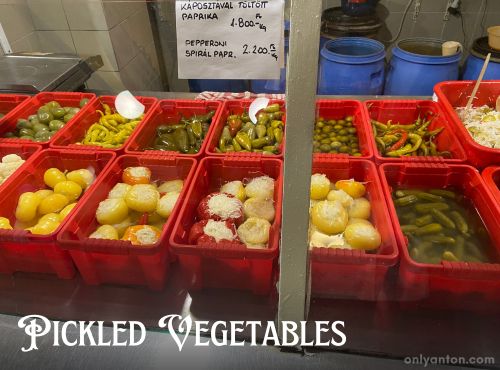
Pickled Vegetables (Savanyúság)
Pickling is central to Hungarian cuisine, with jars of pickled cucumbers, peppers, and cabbage appearing alongside many traditional meals. The tangy, slightly spicy crunch of pickled vegetables perfectly balances the richness of heavier dishes like goulash and chicken paprikash.

Hungarian Sausages & Cheeses (Kolbász & Sajtok)
Hungary’s sausages (kolbász) come in various styles, from smoked and cured to spicy and paprika-filled. A favourite is Gyulai kolbász, known for its smoky flavour and deep red hue. Similarly, Hungarian cheeses often feature paprika for added warmth and depth. Sampling these specialties at the Central Market Hall or a local deli is an experience no food lover should miss.
Budapest’s culinary scene celebrates tradition, craftsmanship, and bold flavours. From street food snacks to hearty home-cooked meals, the city’s food culture is a sensory journey that lingers long after your last bite.
Section IV: Budapest After Dark—Nightlife & Ruin Bars
When the sun sets over Budapest, the city transforms into a lively, electric hub of nightlife unlike anywhere else in Europe. Budapest’s ruin bars offer a one-of-a-kind experience, from quiet drinks to unforgettable parties, perfectly capturing the city’s creative and rebellious spirit.
Ruin Bars: A Unique Nightlife Experience
Ruin bars are one of Budapest’s most famous nightlife attractions. These bars were born from the city’s urban renewal efforts in the early 2000s. They were created by transforming abandoned buildings, old courtyards, and crumbling pre-war structures into quirky, vibrant gathering spots. What started as a small underground movement has become a signature feature of Budapest’s nightlife scene.
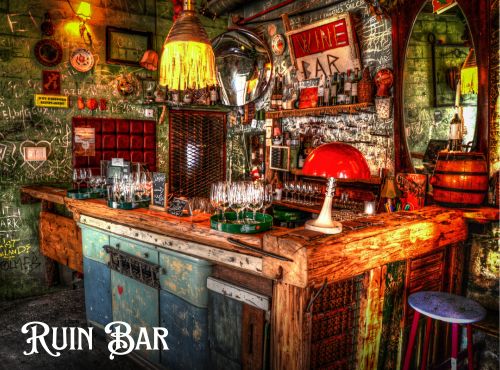
A typical ruin bar is an eclectic maze of mismatched furniture, graffiti-covered walls, and found objects turned into whimsical décor. Expect everything from vintage bathtubs repurposed as seating to bicycles hanging from the ceiling. Many ruin bars host live music, art exhibits, and film screenings, creating a space where culture and nightlife blend seamlessly.
Drinks to Try
No visit to a ruin bar would be complete without sampling some of Hungary’s signature drinks:
- Local Beer: Hungary’s craft beer scene has flourished, with local brews like Dreher and Soproni offering refreshing options on tap.
- Pálinka: A potent fruit brandy distilled from apricots, plums, or cherries, Pálinka is a must-try for the adventurous drinker. Sipping Pálinka is a Hungarian tradition, often paired with hearty local fare.
- Unicum: A bitter herbal liqueur made from a secret blend of over 40 herbs and spices, Unicum is both a drink and a cultural symbol. Its bold, medicinal taste may be an acquired taste, but it’s an authentic Budapest experience.

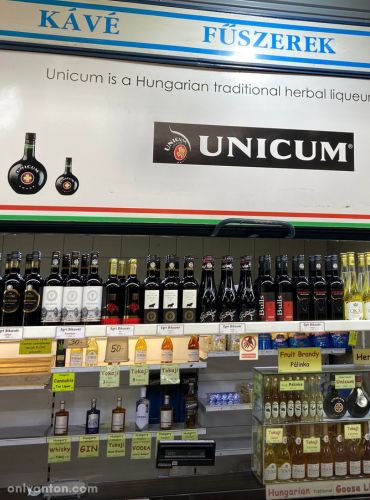
The Experience
Visiting a ruin bar in Budapest is like stepping into an artistic wonderland. As you wander through dimly lit rooms filled with retro furniture and vivid murals, you’ll hear music drifting from multiple bars and patios. Locals and travellers alike gather to share drinks, stories, and unforgettable moments. The atmosphere is laid-back yet alive with celebrations of creativity, resilience, and community spirit.
Sipping Pálinka under twinkling fairy lights or dancing to live music in a graffiti-filled courtyard, you’ll find that Budapest’s ruin bars offer an unforgettable night out. It is an experience that perfectly captures the city’s creative soul.
Section V: Notable Mentions—Beyond the Must-Sees
Budapest is filled with famous landmarks and iconic experiences, but there’s much more to the city than its well-known sights. While I didn’t have time to visit every notable attraction, two unique destinations stand out for their historical and cultural significance: Budapest’s Thermal Baths and the Aquincum Archaeological Park. Both offer fascinating glimpses into the city’s heritage and are worth adding to any itinerary.
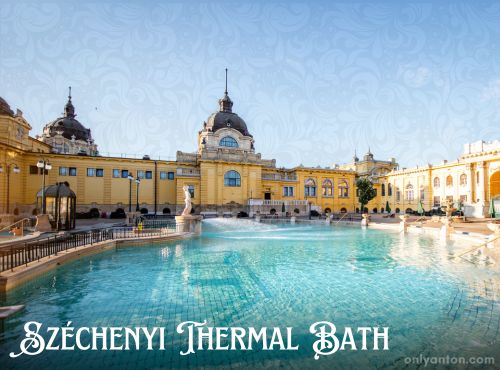
Thermal Baths: Budapest’s Healing Waters
Budapest is often called the “City of Spas” due to its abundant natural thermal baths, a legacy dating back to Roman and Ottoman times. These healing waters, rich in minerals, bubble up from natural springs beneath the city. Though I didn’t have the chance to experience them personally, the thermal baths remain one of Budapest’s most iconic attractions, beloved by locals and visitors alike.
The most famous baths include Széchenyi Thermal Bath, Europe’s largest medicinal spa, with its grand Neo-Baroque architecture and outdoor pools that stay warm year-round. Another popular choice is Gellért Thermal Bath, known for its stunning Art Nouveau interiors featuring mosaics, stained glass, and marble columns. Relaxing in one of these baths is more than just a spa visit. It’s a cultural experience steeped in history and tradition.
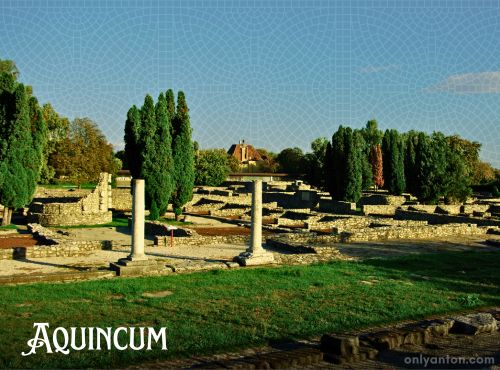
Aquincum Archaeological Park: Ancient Roman Legacy
History enthusiasts will appreciate the Aquincum Archaeological Park, an ancient Roman settlement located on the northern outskirts of Budapest. Dating back to the 2nd century AD, Aquincum was once a flourishing Roman military and administrative center in the province of Pannonia.
The site features remarkably preserved ruins, including Roman baths, amphitheatres, temples, and residential quarters. The Aquincum Museum houses fascinating artifacts, from mosaics and pottery to Roman-era tools and jewellery, providing deeper insight into daily life during the Roman occupation. Strolling through the expansive grounds feels like stepping back in time and offers a unique perspective on Budapest’s ancient origins.
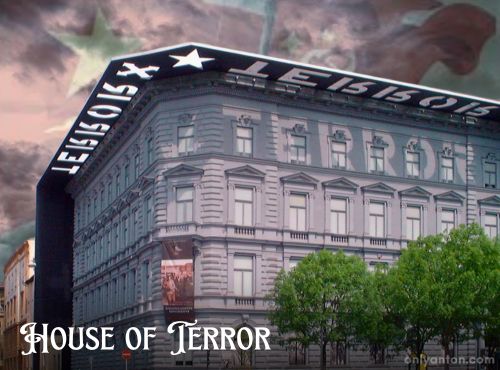
House of Terror Museum
A stark reminder of Hungary’s turbulent 20th-century history, the House of Terror Museum is a haunting yet essential cultural landmark in Budapest. Located on Andrássy Avenue, this imposing building once served as the headquarters for both the Nazi-affiliated Arrow Cross Party and the Communist secret police. Its dark, ominous façade, marked by the iconic “TERROR” metal overhang, sets the tone for the powerful stories told within. Through immersive exhibits, original artifacts, and chilling multimedia presentations, the museum recounts the horrors of political repression, war, and totalitarian rule. A visit to the House of Terror is a profoundly moving experience that offers critical insight into Hungary’s fight for freedom and resilience in the face of oppression.
While these sites didn’t fit into my visit, they remain essential stops for travellers eager to explore Budapest’s historical and cultural treasures. From soaking in warm thermal waters to exploring ancient Roman ruins, these experiences offer valuable insights into the city’s remarkable past.
Section VI: Practical Tips for Visiting Budapest
Budapest is a magical destination, but planning ahead can make your visit even more enjoyable. From choosing the right time to go to navigating the city’s efficient transportation system, these practical tips will help you experience Budapest easily and confidently.
Best Time to Visit Budapest
The best time to visit Budapest is during spring (April to June) or fall (September to October), when the weather is mild and the city comes alive with festivals and outdoor events. These seasons offer pleasant temperatures ideal for exploring the city’s many landmarks on foot.
If you’re considering a summer visit (July to August), be prepared for intense heat and humidity. I visited Budapest in August, and while the city was as captivating as ever, the hot weather sometimes made sightseeing more challenging. Pack light, breathable clothing, and take breaks in shaded cafes or along the Danube’s breezy riverbanks to stay comfortable.
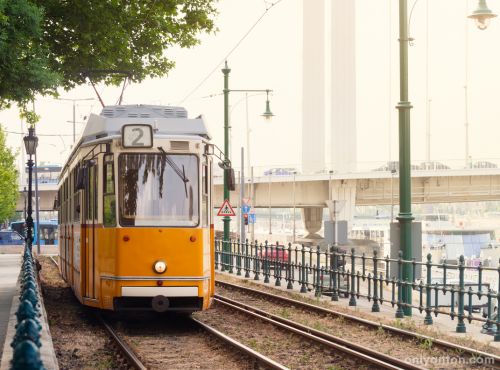
Getting Around
Budapest boasts an efficient public transportation system that makes getting around the city easy and affordable. The metro system is Europe’s second oldest and features four well-connected lines. Trams and buses provide extensive coverage throughout the city, with Tram 2 offering scenic rides along the Danube. Trolleybuses run through key districts, while night buses keep the city accessible even after dark.
For longer journeys, Budapest’s central train stations (Keleti, Nyugati, and Déli) connect to major European cities, while long-distance buses operate from Népliget Bus Station. Budapest Ferenc Liszt International Airport (BUD) is the main point of arrival for international travellers. The airport is about 16 km from the city centre and accessible via airport shuttles, taxis, and public transport.
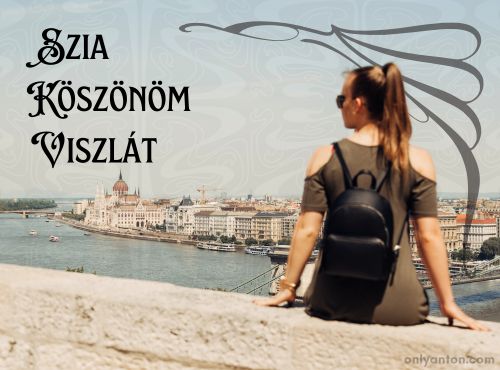
Cultural Etiquette
Hungarians are known for their warm hospitality and polite customs, and respecting local etiquette will enhance your experience. Learning a few basic Hungarian phrases like “Szia” (hello), “Köszönöm” (thank you), and “Viszlát” (goodbye) will be greatly appreciated. When entering shops or restaurants, greet staff upon arrival and departure.
Tipping practices in Budapest are customary; 10-15% is considered polite at restaurants, cafes, and taxi services. In more casual eateries, rounding up the bill is often enough. Additionally, be mindful when visiting religious sites by dressing modestly and respecting posted guidelines.
With these practical tips in mind, you’ll be well-prepared to navigate Budapest’s vibrant streets, cultural sites, and welcoming local culture with ease and enjoyment.
Conclusion
Budapest is a city where history, culture, and modern vibrancy blend into a truly unforgettable experience. The Hungarian capital offers something for every traveller, from its majestic castles and Gothic churches to its thermal baths and buzzing ruin bars. Its unique blend of architectural beauty, culinary heritage, and warm hospitality makes it a place that leaves a lasting impression.
Though my time in Budapest was brief, its charm and depth resonated with me long after I left. The city’s resilience, shaped by centuries of history, is evident in its grand buildings and cultural traditions. Strolling through Buda Castle’s historical grounds, savouring a bowl of goulash at the Central Market Hall, or admiring the illuminated Parliament Building from the Danube’s banks—all these experiences create unforgettable memories in Budapest.
If you ever get the chance to visit Budapest, embrace its history, indulge in its flavours, and immerse yourself in its vibrant spirit. You won’t be disappointed.
What About You?
Have you explored the enchanting streets of Budapest, or is it on your travel list? What sights, flavours, or experiences stood out the most during your visit? Did you discover a favourite ruin bar, thermal bath, or hidden corner of the city that stole your heart?
I’d love to hear about your adventures and must-see recommendations. Share your experiences or travel plans in the comments, and let’s keep the conversation going! And if you’re curious about other European destinations, check out more travel stories and guides on the Only Anton travel blog for inspiration and tips. Budapest is just the beginning!
Further Reading and Resources
Explore More on the Only Anton Travel Blog:
- Nijmegen’s Four Days Festival: Discover the magic of Nijmegen’s Four Days Festival and experience a celebration of walking, music, and culture.
- Aachen Travel Guide: Explore Aachen, a hidden European gem with rich history, unique cultural experiences, and vibrant culinary delights.
- Best Things to Do in Prague: History, Culture, and Dining: Learn about the best things to do in Prague, from historic sites to local cuisine. Find valuable travel tips in this must-read guide.
- Bratislava Travel Guide: Uncover Bratislava’s unique charm with this guide to historic sites, Soviet-era architecture, local cuisine, and tips for Slovakia’s capital.
External Resources
These resources provide a well-rounded mix of travel guides, cultural history, and literary perspectives to enrich any journey to Budapest.
Books
- Budapest: A History of Grandeur and Catastrophe by Joe Hajdu (2015): A deeply insightful history of Budapest, tracing its cultural, political, and historical legacy. Check your local library, search online, or order a copy here.
- Lonely Planet Budapest & Hungary Travel Guide, 8th edition by Steve Fallon and Anna Kaminski (2017): A comprehensive guidebook with expert tips on where to stay, what to see, and how to navigate Budapest and beyond. Find it at your library, browse online, or grab your copy here.
- The Invisible Bridge by Julie Orringer (2011): A historical novel set in Budapest during World War II, offering a powerful narrative steeped in the city’s history. Look it up at a local library, browse online, or buy your copy here.
- Budapest: Between East and West by Victor Sebestyen (2023): An in-depth exploration of the city’s cultural history and complex identity. Explore it at a nearby library, search the web, or buy it directly here.
- Mágia: Hungarian Myth, Magic, and Folklore by Margit Tóth (2024): A collection of traditional Hungarian folk tales that offer insight into the country’s storytelling heritage and culture. Find it at your library, browse online, or grab your copy here.
Articles & Websites
- “Budapest: The beautiful city with the darkest of pasts” by Richard Quest and Joe Minihane, CNN Travel (July 2023): Explores the Hungarian capital’s striking blend of architectural beauty and its complex, often tragic history, shaped by war, occupation, and resilience. Read the article here.
- Hungary Tourism Official Website: The official travel guide for Hungary, offering up-to-date information on Budapest’s attractions, festivals, and accommodations.
- National Geographic Travel: Budapest: Expert travel articles and photo features showcasing Budapest’s highlights.




